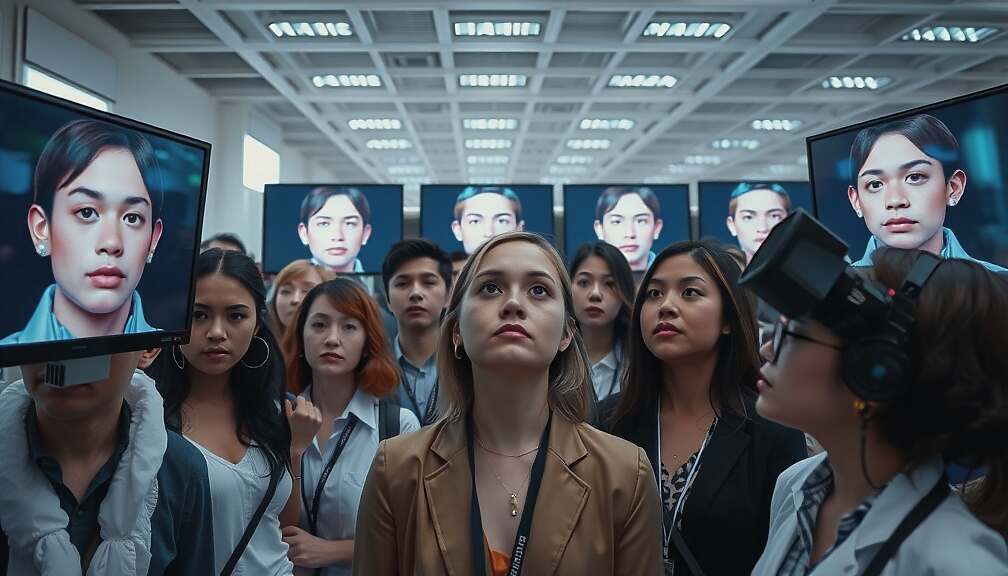Research from the University of Hamburg suggests that subtly unsettling virtual humans can trigger an immune response in observers. The study, presented Tuesday, explored the phenomenon known as the “uncanny valley” where human-resembling robots or digital characters provoke negative reactions.
Researchers found that individuals exhibited increased levels of secretory immunoglobulin A (sIgA), an antibody in saliva indicative of immune activity, when interacting with virtual agents (VAs) possessing distorted or unusual features. The study involved placing participants in a virtual environment and measuring sIgA concentrations following exposure to various VAs.
The immune response was specifically linked to VAs displaying deviations from typical human appearance. Comparisons were made against participants who interacted with more convincingly human-like VAs and simpler cartoon avatars. No significant rise in sIgA levels was detected in these latter scenarios.
“This suggests that human perception interprets deviations in external characteristics, even in virtual representations, as a potential health threat, supporting the ‘pathogen avoidance hypothesis’ as a possible explanation for the uncanny valley effect” explained Esther Diekhof, head of the Neuroendocrinology working group at the Department of Biology.
Researchers hypothesize that these unusual characteristics are misinterpreted as signs of illness, prompting the immune system to prepare for potential infection. This subconscious reaction appears to be a primary driver of the discomfort and rejection often associated with uncanny VAs, even when individuals don’t consciously register a negative feeling.
While questionnaires revealed no significant differences in participants’ explicit evaluations of the three VA groups, the measurable immune response indicated an unconscious process. “The brain automatically derives a potential danger from the visual information and proactively activates the immune system” Diekhof noted, adding that it’s adaptive to err on the side of caution.
Comparable immune responses have previously been observed when virtual individuals exhibit symptoms of illness, such as sneezing. This study focused specifically on subtle deviations in appearance, particularly around the mouth and eyes.
To ensure immersive interaction, participants were tasked with eliciting a smile from their virtual companion, requiring prolonged eye contact and proximity. “The task of making the strangely appearing virtual contact person smile made it impossible to avoid them or keep a distance – which would prevent infection” explained Frank Steinicke, head of the Human-Computer Interaction working group at the Department of Informatics.
Researchers also found a significant correlation between the increase in sIgA levels and the degree to which participants felt immersed in the virtual environment. “A virtually experienced reality that feels credible seems to amplify the perceived health risk posed by strangely appearing virtual agents” Steinicke concluded.












